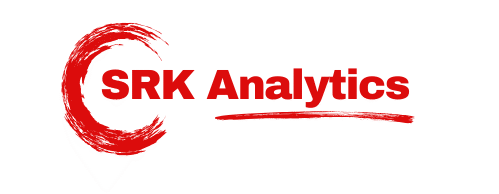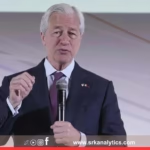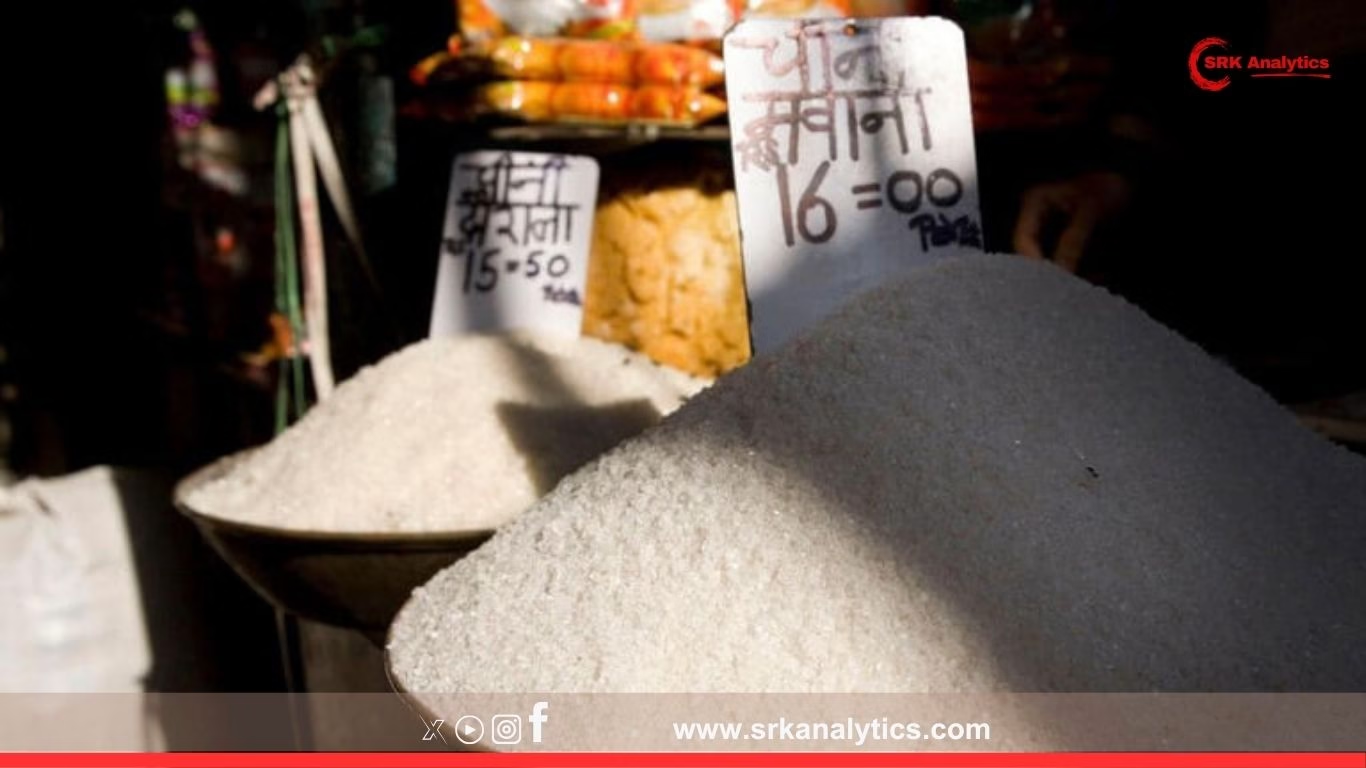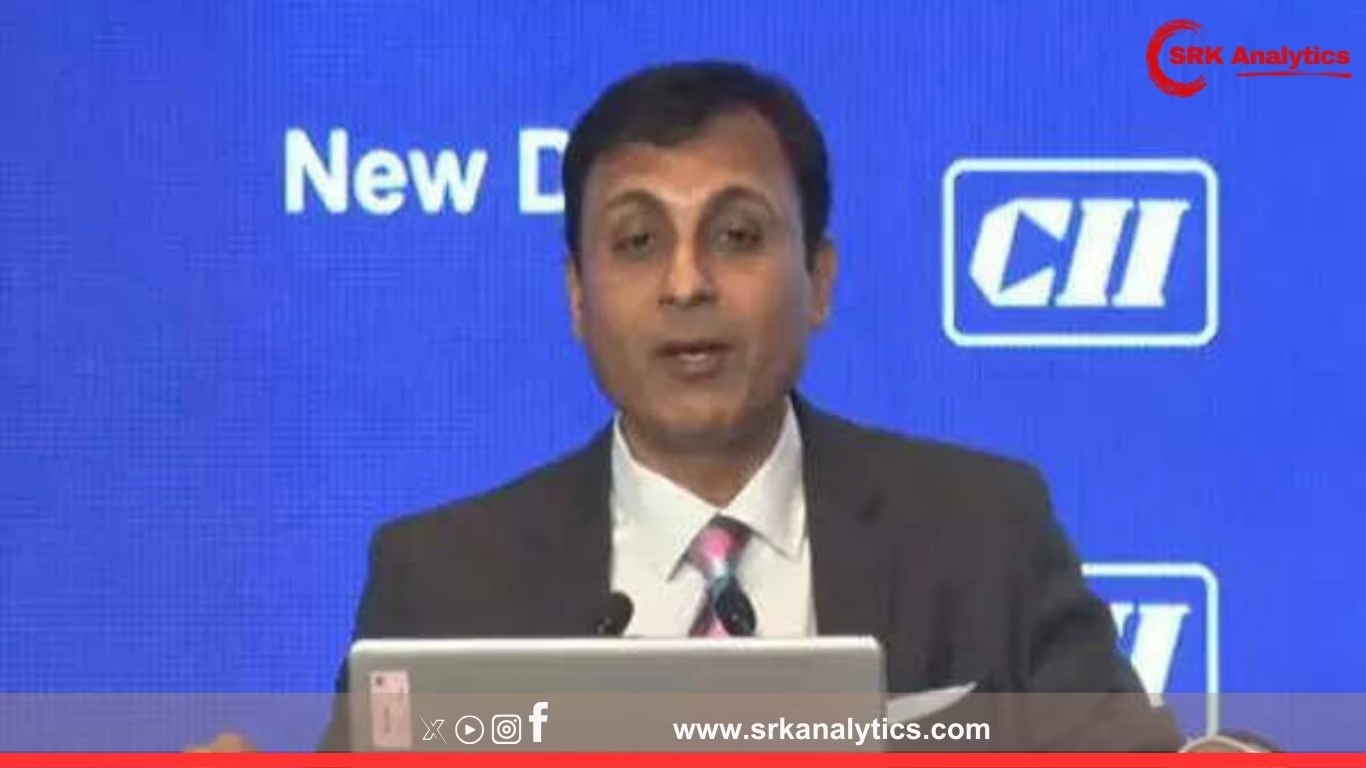The global oil market is bracing for a potential strategic pivot as Saudi Arabia and Russia-led OPEC+ consider a fresh production hike for August 2025. Market analysts and traders believe this could signal a transition in focus from the group’s long-standing policy of price stability towards regaining and protecting market share amidst rising US and non-OPEC supplies.
Key Developments
- Saudi Arabia and Russia have initiated internal discussions within OPEC+ to explore the feasibility of adding between 500,000 to 1 million barrels per day (bpd) back into the market starting August.
- The move comes after nearly two years of production cuts totalling over 5.6 million bpd, implemented to stabilise Brent crude above $80 per barrel.
- US shale output has reached a new monthly high of 13.4 million bpd, while Guyana and Brazil are ramping up supplies, posing challenges to OPEC+’s dominance.
OPEC+ Production Adjustments (2022-2025)
| Period | Adjustment | Total OPEC+ Output (mbpd) |
|---|---|---|
| Q4 2022 | -2.0 mbpd | 42.4 |
| Q2 2023 | -1.66 mbpd | 40.8 |
| Q3 2023 | -1.0 mbpd (voluntary) | 39.8 |
| Q1 2024 | Extended cuts | 39.2 |
| Proposed Aug 2025 | +0.5 to +1 mbpd | 39.7 – 40.2 |
Market Reaction
Oil prices retreated marginally after news of a potential hike emerged, with Brent crude futures slipping by 1.2% to $81.75 per barrel in early Asian trade, and WTI futures falling below $78. Analysts see near-term volatility as markets recalibrate expectations on OPEC+’s supply strategy.
Saudi Arabia’s Strategic Rationale
- Revenue Optimisation vs. Market Share:
While Saudi fiscal breakeven remains near $80/bbl, prolonged cuts risk losing customers to discounted Russian, Iranian, and US barrels. - Asian Market Competition:
China and India have increased Russian oil imports by over 35% in H1 2025, eroding Saudi’s traditional Asian dominance. - Internal Capacity Ramp-Up:
Saudi Aramco has recently completed upgrades at its Zuluf and Marjan fields, adding ~800,000 bpd of spare capacity.
Russia’s Position
Russia, grappling with Western sanctions and price caps, has prioritised maintaining export volumes at competitive discounts to fund its budget, suggesting alignment with a production increase to safeguard market share.
Global Supply Dynamics
| Country/Region | Current Production (mbpd) | Projected Dec 2025 (mbpd) |
|---|---|---|
| Saudi Arabia | 9.2 | 10.0 |
| Russia | 9.4 | 9.5 |
| US | 13.4 | 13.8 |
| Brazil | 4.1 | 4.6 |
| Guyana | 0.7 | 1.1 |
| UAE | 3.2 | 3.5 |
| Iran | 3.4 | 3.7 |
| Iraq | 4.4 | 4.5 |
| Total OPEC+ | 39.2 | 40.8 |
| Non-OPEC | 54.8 | 57.2 |
Analyst Perspectives
- Amrita Sen, Energy Aspects:
“This shift from price defence to market share protection could keep prices capped around $80-85, limiting upside despite strong demand growth.” - Vandana Hari, Vanda Insights:
“OPEC+ needs to pre-empt US shale and non-OPEC growth to maintain relevance, especially with the upcoming global refinery expansions.”
Demand Outlook
According to the International Energy Agency (IEA), global oil demand is expected to grow by 1.3 mbpd in 2025, driven by:
- Aviation fuel consumption recovery
- Petrochemical feedstock demand in Asia
- Steady gasoline and diesel demand despite EV growth
However, rising efficiency and EV penetration are projected to slow demand growth beyond 2026.
Strategic Implications
If OPEC+ increases output:
- Price Softening:
Brent crude could stabilise in the $78-83 range, offering relief to importing countries like India and EU economies battling inflation. - Refinery Margins:
Higher supply may compress gross refining margins (GRMs) in Asia, particularly Singapore, which averaged $7.5/bbl in June. - US Shale Response:
US shale players may restrain growth to maintain capital discipline if prices dip below $75, supporting a supply-demand rebalancing.
Possible Risks
- Geopolitical Flashpoints:
Any escalation in Middle East tensions, Ukraine war dynamics, or Red Sea disruptions could offset bearish supply-led pressures. - Compliance Divergence:
Historically, OPEC+ members have struggled with quota adherence when market share becomes a priority. - Inventory Build-Up:
If demand underperforms expectations, inventories could rise, creating a bearish overhang into Q4 2025.
Policy Recommendations From Market Experts
- Indian Oil Ministry:
Continue diversifying crude sources, enhancing SPR (strategic petroleum reserve) capacity, and leveraging OPEC+ structural shifts to negotiate term contract discounts. - IEA:
Urges OPEC+ to maintain supply discipline to ensure market stability, especially during global macroeconomic uncertainty. - Asian Refiners:
Prepare for pricing volatility with flexible procurement strategies and hedging mechanisms.
Conclusion
OPEC+, led by Saudi Arabia and Russia, appears poised to recalibrate its production strategy with a focus on regaining market share rather than solely defending prices. While this could stabilise global inflation pressures, it may usher in a period of heightened oil market volatility, influencing fiscal and energy security strategies across importing nations.
Disclaimer: This news report is for informational purposes only and does not constitute investment, trading, or policy advice. Readers are advised to consult financial, energy market, and policy experts before making any decisions based on the information presented. The publication does not hold responsibility for decisions taken based on this report.











